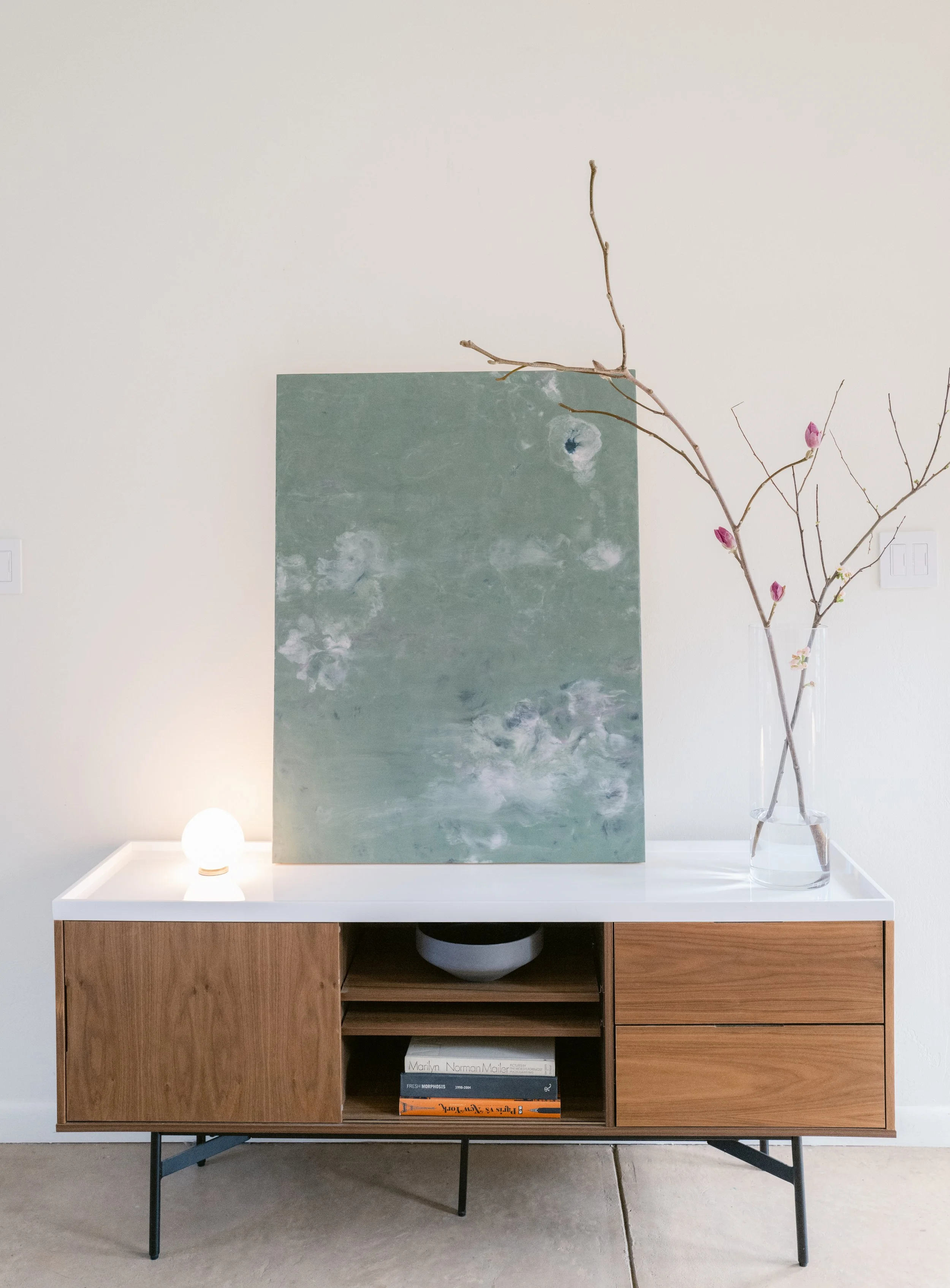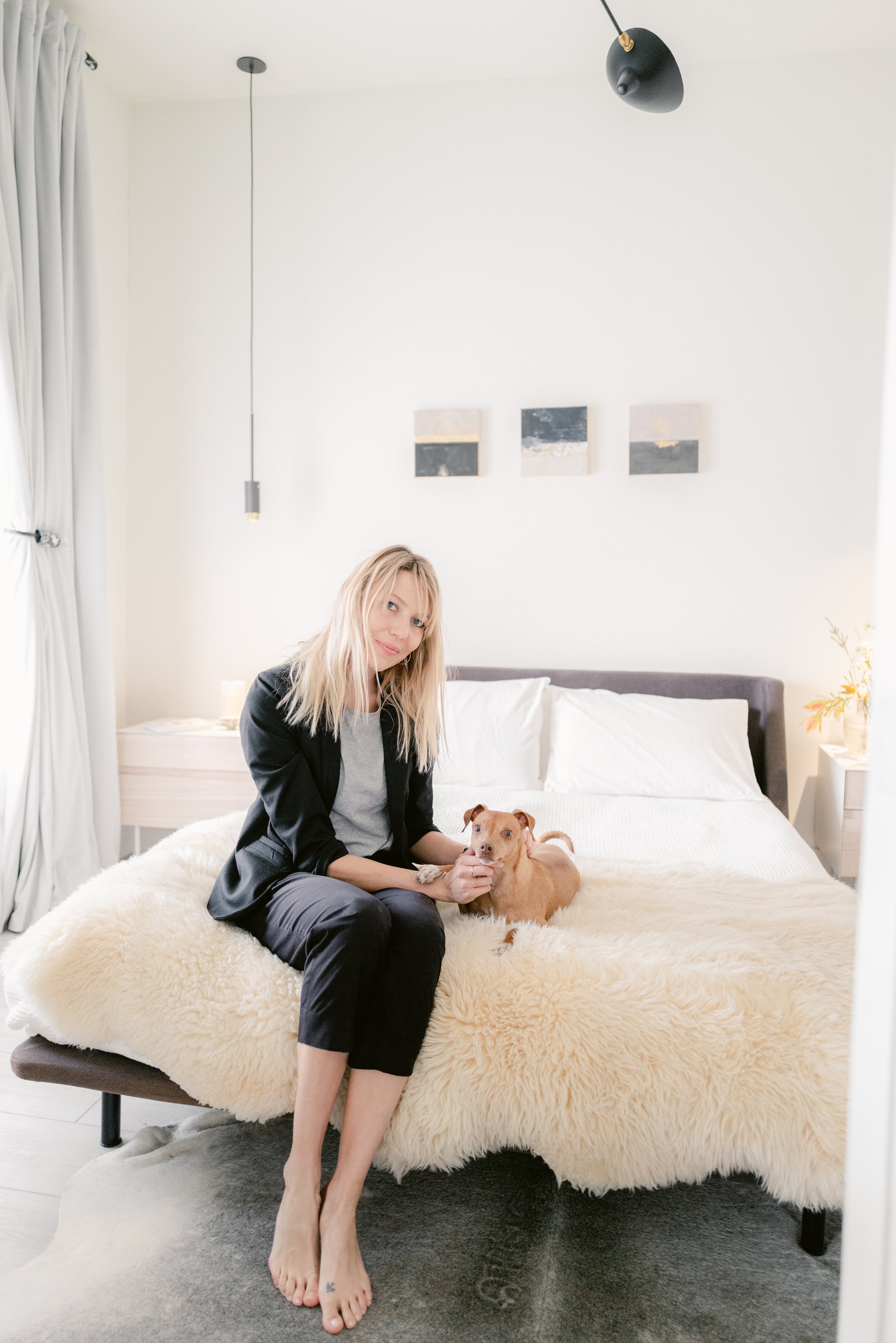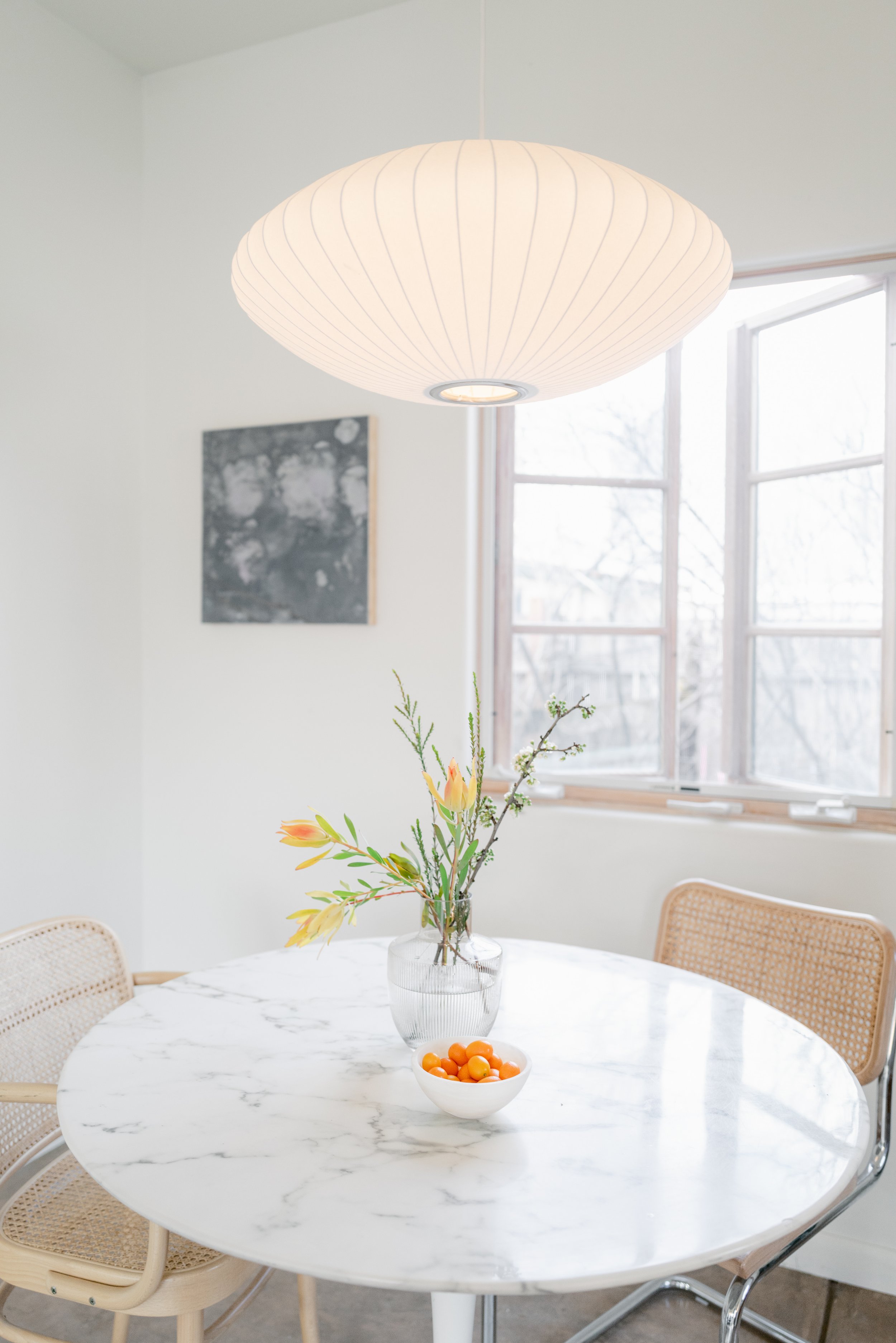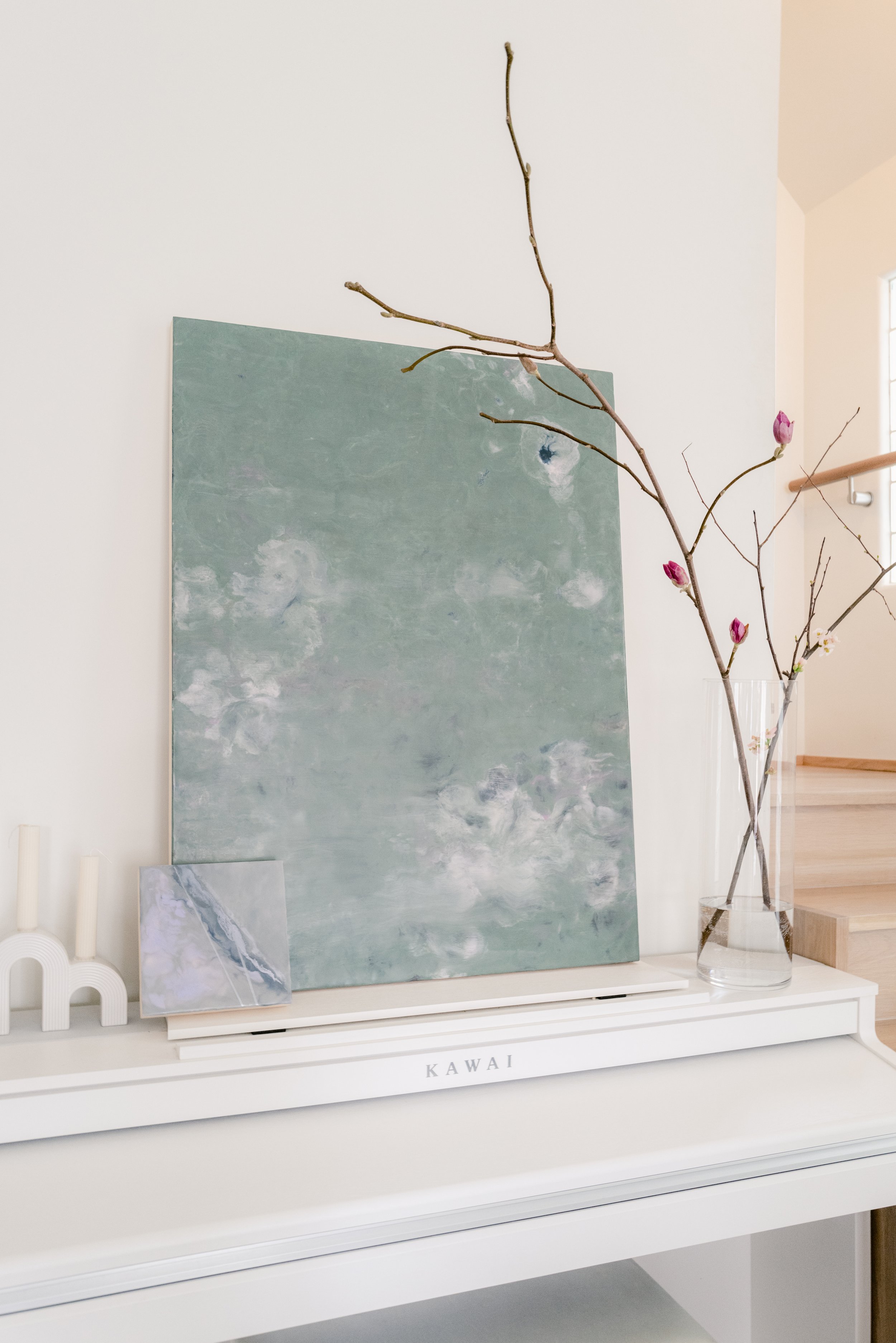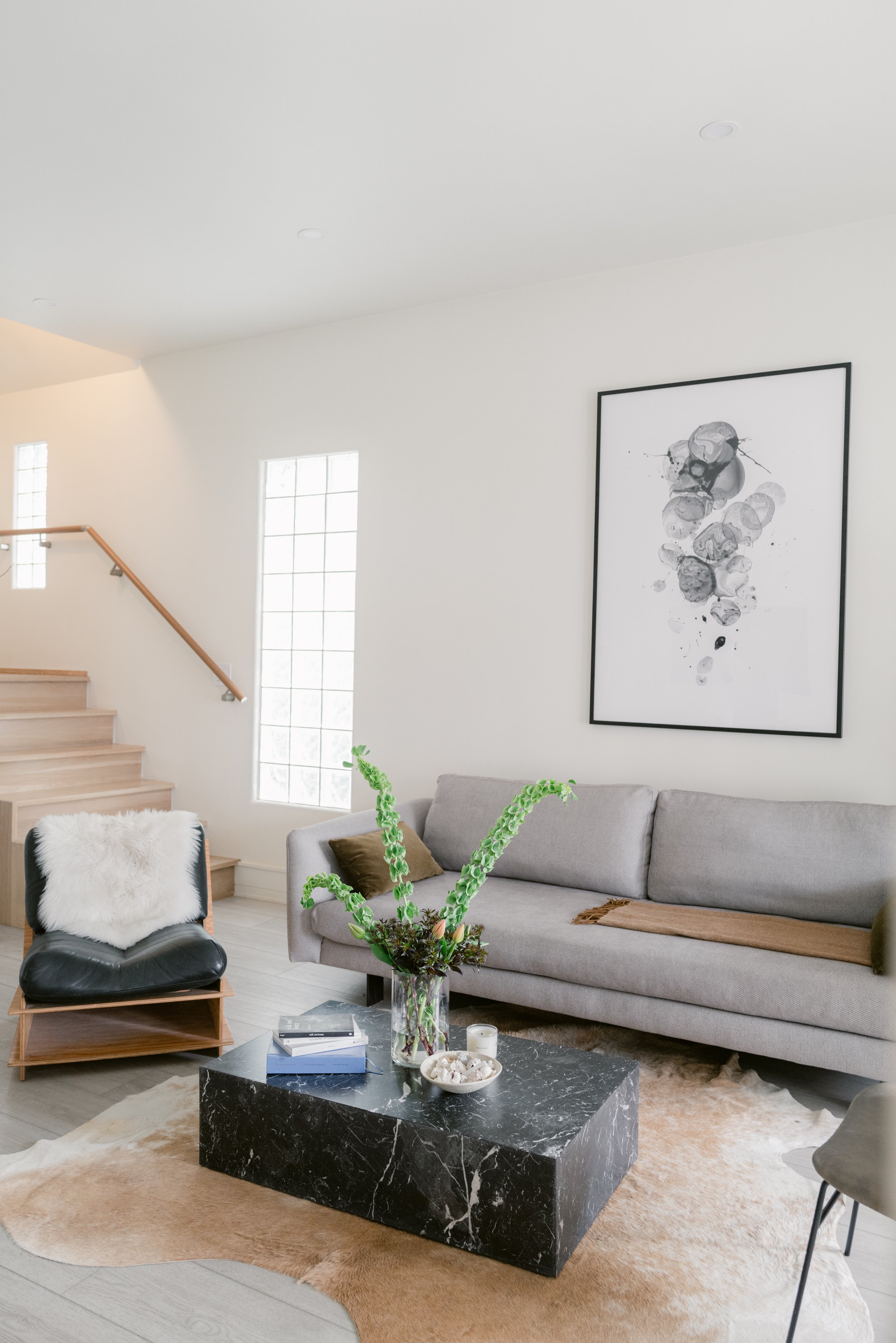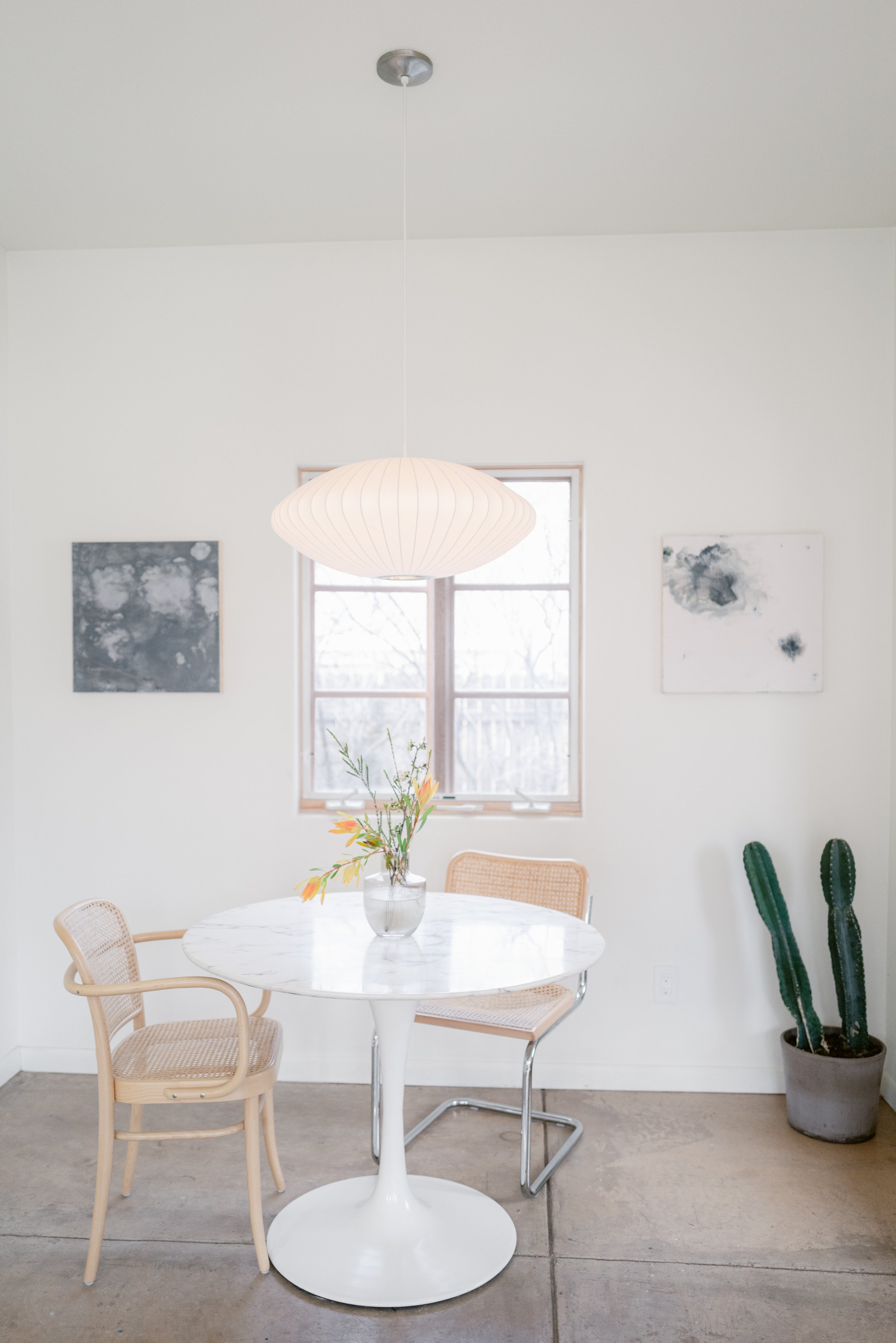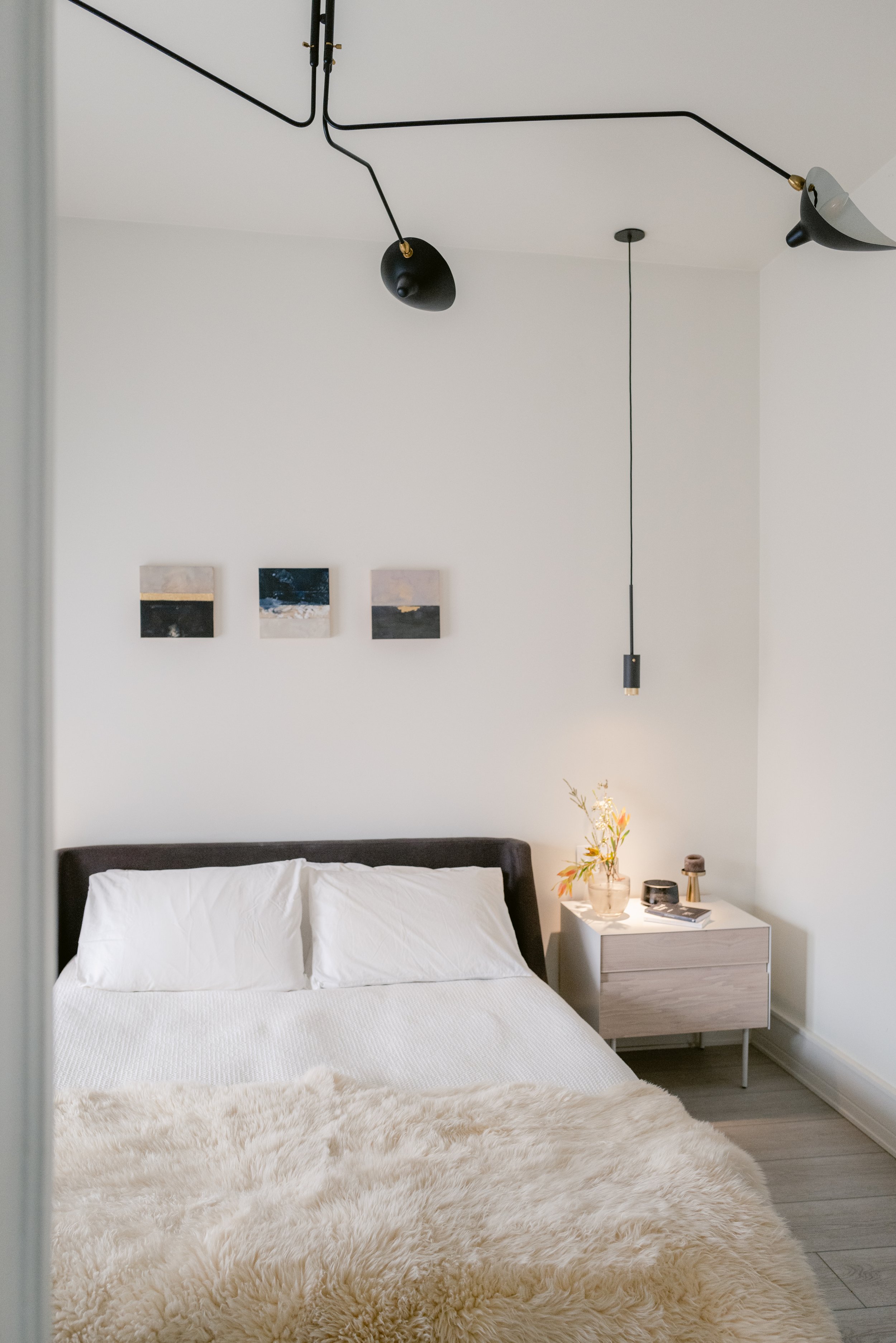2024 Interior Design Trend Forecast
Forecasting interior design trends for 2024 and beyond
Forecasting design trends for the year ahead
Quiet Luxury
What is quiet luxury in interior design? Quiet luxury interior design is about creating a harmonious environment where each element is thoughtfully considered and contributes to a sense of well-being and understated sophistication.
How does quiet luxury manifest itself in our homes, exactly? This shows up as a continuous foundation with an emphasis on classic, investment pieces that you can build a room around and upon. White oak or a rich darker wood paired with luxurious soft textures, and traditionally shaped furniture that can evolve through the decades with re-upholstery.
Japandi / Scandinese Style as a rooted foundation
Often a foundation of “quiet luxury” but also timelessly transcending trends that come and go is the relationship between Japanese minimalism and the natural earthy simplicity of Scandic style. “Both Japanese and Scandinavian design aesthetics are focused on simplicity, natural elements, comfort, and sustainability.”
A big aspect of Japanese design style, as well at the root of Scandinavian design although emphasized more so as the concept of hygge. “Wabi-sabi originated in China, but evolved seven hundred years ago into a Japanese ideal,” writes says Laila Rietbergen, the author of Japandi Living (Lannoo Publishers 2022). “It embraces the beauty of imperfection and being at peace with the imperfections of the world.”
We continue to see more and more of this design style as a foundation and basis of overall design. However, this is also our signature style in which we operate centrally from… working with earthy neutral & natural color palettes as the foundation of most of designs. Add on some Hygge decor to a central foundation of white walls and warm neutrals to create a calming canvas. Japandi and Scandinese style, as well, as hygge is marked by focal elements and accents that emphasize natural elements such as wood, bamboo and plants.
Eco / Sustainable Building + Design
Sustainable interior design is environmentally conscious with an emphasis on reducing waste, toxins and harmful manufacturing and material extraction practices, increasing recycled, natural materials and supporting practices and companies that are certified sustainable. Environmentally centered design reduces negative impacts on the environment, while increasing the health and comfort of inhabitants.
New construction offers opportunities for interior designers to build eco-friendly designs from scratch, using energy saving designs and recycled building materials. Energy and thermal modelling can be used to make a building more comfortable by improving energy efficiency, while increased indoor air quality can be found by improving passive heating, cooling and ventilation design. Interior designers taking into account the amount of natural light available to internal spaces in the home can reduce the requirement for electrical lighting. This type of research is crucial to the design of a green building.
Eco-style home design is one of the most attractive and harmonious trends. Using natural, eco-friendly materials and neutral hues, and finishing with simplicity and a minimalist approach, helps create spacious, bright, and convenient living spaces that are eco-friendly, pleasant, and comfortable.
Here are some design tips on how to incorporate sustainability and a more eco-minded approach to interior design
Responsible Product Sourcing: When purchasing products, you would naturally prefer to buy from companies that share your values, and when it comes being eco friendly and environmentally responsible, choosing which products to purchase is important. Look local whenever you can to reduce pollution and waste associated with the shipping of products which can contribute significant pollution. Look for a B Corp Certified stamp to know you’re buying from a company certified at one of the highest levels of sustainability. Here are other certificatioons you can look for to feel good about what you’re supporting and bringing into your home:
The Global Organic Textile Standard (GOTS)
Positive Luxury
1% for the Planet
Certified B Corporation
STANDARD 100 by OEKO-TEXÒ
Leaping Bunny
Rainforest Alliance Certified
The Green Business Bureau
Increasing environmentally conscious + sustainable building practices. Consider these central 4 areas of building green:
Increasing energy efficiency. Check out Four Corner’s Office for Resource Efficiancy and Energy Smart Colorado program and learn more about LEED certified homes. Check with your local utility providers for State supported energy efficiency rebates and incentives to save money as well.
Materials selected for building your home. Check out Green Building Supplies to learn more about specific materials - flooring, finishes, etc.
Increasing the efficiency of water usage both in and outside of your home. Always look for and try to incorporate products with the WaterSense certified label.
Improving air quality, which improves the health and productivity of your family. Considering both eco finishes, insulation products, building materials and how your home breathes overall is central to a healthy home. Avoidtoxic building products and finishes - flooring, paint, glues and then essentially the furniture and products you’re adding to your home. Along with proper ventilation and eco building materials, consider biophilic design into your interior design and styling with plants to help regulate temperature and circulate oxygen rich air.
Image & Art by Heidi Chowen
Interior Inspiration: Fireplace design as a focal point
Interior design inspiration in incorporating hygge style into fireplace design
Getting hygge with fireplace design
Fireplace design as your heart of the home
As December sets in and the winter solstice is around the corner, its officially cozy hygge season over here and we’re finding inspiration in beautiful fireplaces as the main focal point of a home - providing both function and aesthetic as a central anchoring of the social space.
Hygge is a Danish term defined as “a quality of cosiness and comfortable conviviality that engenders a feeling of contentment or well-being.”
The concept of hygge is central to our design aesthetic - a minimalistic style, embodying the feeling of being content while enjoying life’s simple pleasures.
5 Ways to Incorporate Hygge Decor into Your Home
Here are some design tips on how to incorporate hygge into your way of life year-round and embrace minimalistic design in your living space:
Soft textiles: Decorate with accessories like throw blankets, throw pillows, faux fur area rugs, or sheepskin-lined blankets to create a warm cocoon on a cold night.
Neutral color schemes: White walls or warm neutrals create a calming canvas. Hygge decor is marked by natural elements such as wood, bamboo, and plants.
Mood lighting: Set the tone with string lights for a diffused source of illumination. Hang them in the living room, dining room, or bedroom. Use minimal touc lamps to illuminate shelving or nook areas or airy pendants hanging over cozy lounge areas. Incorporating a fireplace glow if possible is always a sure bet in adding ambiance, a sense of cozy and the most romantic of mood lighting.
Comforting scents: There’s a reason realtors suggest baking cookies before an open house—the familiar scent of a childhood home creates a cozy and welcoming environment. Instead of mixing up a batch of cookies, try scented candles. Warm aromas like ginger, vanilla, cinnamon, or orange contribute to a relaxing atmosphere.
Reading nook: Adapt hygge style to your love of literature. Set up a comfy space in which you can enjoy a good book and a cup of coffee.
Here’s some of our current inspiration
Art Curation Tips
Simple tips for becoming a curator and collector of art
The importance of original art, where to source and tips on how to become a curator and collector
The Importance of Art
Art has always been a universal language - transcending time, continents and other socio-cultural and socio-economic concepts. Like how food brings people together at a table, art can ignite and inspire conversation, an exploration of emotion and define space. Having a one of a kind piece, especially if commissioned, can make for an interesting talking point and adds to the overall environment.
“Creativity takes courage. It is not enough to place colors, however beautiful, one beside the other; colors must also react on one another.”
Art is a broad term - art is everything in my book, not just paintings and sculptures, but found in the details, perspective and how one lives. Anyone can live artfully no matter how much you spend on your collection - there are objects of all sorts that possess an artistic potential for personal expression.
As one of our designer icons Kelly Wearstler puts it, mixing interesting art and objects in a space creates - “a tension of opposites, the juxtaposition of seemingly dichotomous things. Always something old with something new, raw and refined, masculine and feminine, classic and contemporary. These combinations are sexy and unexpected.”
Employing art in a space can be seen as the secret ingredient. It is the last accent, addition to a design palette or vignette that can all of sudden elevate it and bring it all together. In our process, art is the ingredient that really allows the space to speak for itself - emotionally, palette-wise, and conceptually. Artful expression / art curation is what helps an individual to really express the emotions that bring them joy or make them feel connected, grounded, alive or simply remember a time and place or some of the best feelings through what it can help channel, invoke and spark.
Approaching Art Curation
Where does one start - anywhere that calls! What type or medium of art calls to you? Maybe it all begins with a framed print and then you build on the feeling, the color palette to begin to achieve a vibe you are after. You can also begin by asking yourself some exploratory questions about the style you want to create within your space. You can start fresh with your own narrative on what type of energy, feeling and overall style you want to reflect in your spaces. Or you can think about where you’ve traveled or visited that you’ve loved or felt a deep connection to - what were the elements in those spaces that made you feel that way… what were the collected objects, art, textiles or materials?
I try to make a point to shop at vintage flea markets, galleries and boutiques whenever I am traveling because there are such different distinctive cultural styles in other cities and regions. I also like to make specific shopping trips to regional hubs like Santa Fe, Denver and some special spots in California on annual trips like Palm Springs, Santa Barbara, LA and Ojai. Bringing something home from these various places and trips are always a fun addition. And because I am such a coastal / beach person living in the mountains, I add to my collection of seashells and stones. I add these elements to nooks and even planters of my fig trees and exotic plants - I think the plants also like all the maritime nutrients as well on top of it looking cool.
Design Tips for Curating Style and the Look of Your Home:
Create an inviting and interesting entry area - feature artwork upon entry, functional and interesting bench area, mirrors are also a good feature as well.
Turn a hallway or stairwell into a gallery with a collection of family heirlooms or interesting found objects and art.
Allocating wall space for hanging art - large format or a collection of smaller pieces together? I love triptychs myself where you can hang a trio together. However, one large painting, photo or a print can be a dramatic touch for an entry point, stairwell or living space.
Shelving - bookshelves, mantels, deep window sills, credenzas are all places to consider when evaluating your space. You will want to look at it like a full picture where you are evenly weighting placement through the space - or inversely, focusing your collectibles to one area on display like a wall shelving unit if your goal is to keep the rest of the space minimal, clean and open.
Don’t forget the textiles - rugs, accent pillows, sheepskins and blanket throws are all easy elements to add some color and maybe a touch of style… whether it is more contemporary, bohemian, eclectic or ethnic worldly undertone. Area rugs always help anchor spaces and runner rugs add a touch of personality, especially to a kitchen or hallway.
Focal furniture pieces - pair of chair in the living space, handcrafted dinning table, an eclectic reading chair, dramatic accent lighting, etc.
Places to Source Collectibles for the Seasoned Hunter
Types of Artwork for Curating Spaces
Fine Art Photography
Paintings
Sculptures
Decorative furniture (handcrafted objects, heirloom collectibles)
Books (collectible coffee table editions)
Textiles (rugs, pillows, wall hangings)
Furniture
Lighting
Decorative accents (mirrors, woodcarvings)
Plants (planter vessels can be a beautiful addition)
Wall decor (mirrors, sculptural objects, poster art, etc)
Sculptural decor objects (figurines, shapes, vessels, folk art, etc)
Sources for Local Art in Southwest Colorado
Local Favorite Artists
Heidi Chowen (photography + encaustics)
Deborah Sussex (photography)
Jenn Rawling (printmaking / painting)
Susan Wise (painting)
Jeff Wise (sculpture)
Tony Holmquist (printmaking)
Andrea Martens (printmaking)
Joan Russell (painting)
Tim Kapustka (digital pop art)
Bradley Kachnowicz (painting)
Ella Bridge (painting)
George Schmidt (painting / sculpture)
Andrew Jagniecki (printmaking)
Tom Dixon (painting)
Becca Conrad Whitehead (painting)
Joe Schafer (painting)
Ted Moore (woodwork / sculpture)
Local / Regional Sources for the Eclectic Collectibles
The Raven (Santa Fe)
ReLove Consignment (Durango)
Mediterrania (Santa Fe)
The Consignment Warehouse (Santa Fe)
Seret & Sons (Santa Fe)
ReRuns Consignment (Durango)
Durango Antique Market (Durango)
Nomad (Durango)
Southwest Book Trader (Durango)
Dunn Deal (Durango)



















